|
Plant Identification of Vegetable Garden Seed and SeedlingsThe plant identification of your vegetable garden seedlings through images is continued here.
Cabbage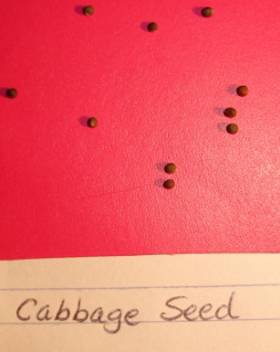
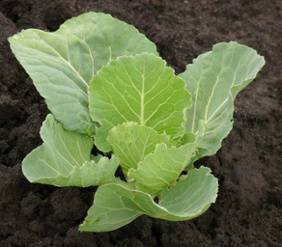 Cabbage is in the same family as Broccoli, and also likes cool weather best. It can be planted as early in spring as other cool weather crops, and can tolerate a light frost.
Cabbage is in the same family as Broccoli, and also likes cool weather best. It can be planted as early in spring as other cool weather crops, and can tolerate a light frost.It is easy to grow, requiring about 3 months to harvest. There are several types of cabbage, including White Cabbage, (the green one most of us are familiar with). Others are Red or Purple cabbage, Savoy cabbage, which has ruffled leaves, and Bok Choy. Brussel Sprouts and Kohlrabi require similar conditions. Plant seeds about 1/4 inch deep about 15 inches apart and keep moist. It likes full sun, but in hot climates partial shade will be okay. Planting in midsummer for late fall harvest is preferred hotter climates. It will not produce seeds of it's own until the second year, so you can leave 3 or 4 heads to go to seed if you wish to save seeds. Harvest seed when the pod is fully dry and becomes brittle before opening. If you do plan to harvest the cabbage, don't let it get too much past the 3 month mark or the head will split. Excess water can cause splitting too. Carrots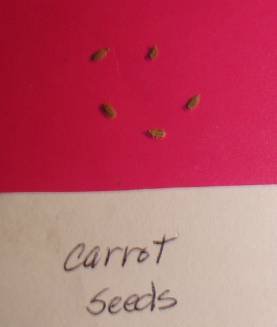
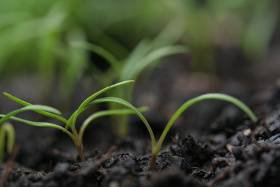
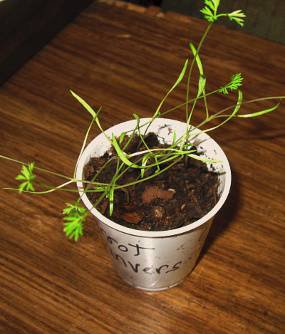 Carrots are fussy about the soil. They like a sandy type of soil that is easy to grow through.
Carrots are fussy about the soil. They like a sandy type of soil that is easy to grow through. If they encounter rocks or tough patches of soil, the roots will fork. Be sure you have a loose loamy soil. They prefer less acid soil, so if your soil is very acid, add some dolomite to the area.
It can make it easier to plant the small seeds by adding some light soil to the seed in your hand before dispersing it into the row. It will help to spread out the seeds so less thinning is needed later. Plants should be thinned to 2 inches apart. Plant seed 1/4 inch deep and be careful when watering not to wash out the seed. Different varieties of carrots will cross, so if you want to save seed, only allow one variety per year to overwinter and make seed in the second year. The seed will form in umbrella like stalks that must be completely ripe and dry before harvesting. If you have really difficult soil, like clay soil, consider a variety that is short and round instead for better results. Crisp, juicy carrots taste wonderful fresh from the garden. Corn-Sweet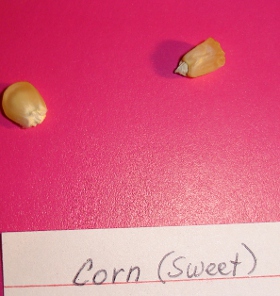
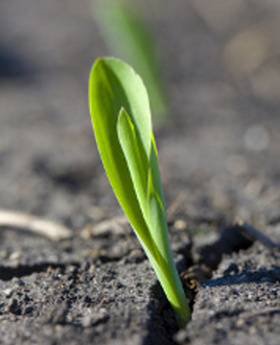
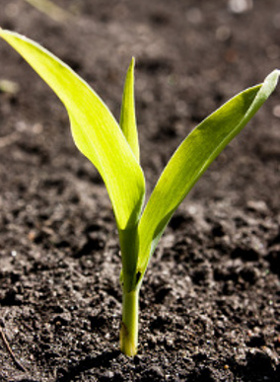
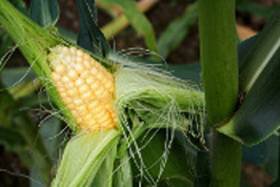
Sweet Corn is scrumptious, but requires a great deal of space. Each stalk will produce only 2 ears of corn. The secret to good corn is adequate moisture, fertile soil, and rapid growth. You have to have warm soil to plant corn, at least 50 degrees. The seed will rot if the soil is too cold and not come up.
If you grew beans last year, plant the corn where the beans grew because they added nitrogen to the soil. Corn has male and female flowers on the same plant. The pollination is by wind, and in order for the pollination to be successful, you need to plant your corn in blocks, not rows.
Harvest the ears about 3 weeks after the silks appear. The cob should be full of milky kernels. Cucumber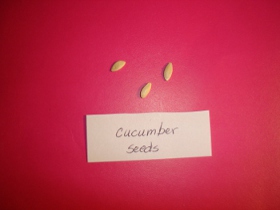
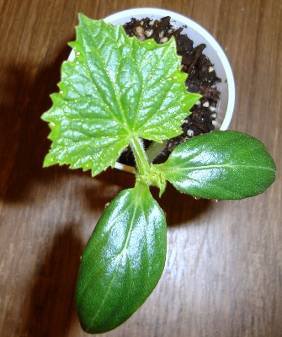
To make a hill, just use your hoe to pull soil into a pile. I usually make a moat around the hill to make sure enough water gets there to penetrate and give moisture to the soil in the hill. Plant your seeds about 1/4-1/2 inch straight down from the center of your hill. The water absorbed in the lower part of the hill will work it's way up as moisture, but will not be enough to hurt the seeds. By the time the seeds have germinated, the roots will grow down to the higher moisture level. There are many different types of cucumbers. Some are better for salads, as they are long and smooth. Others are better for pickles, having short lengths and rough outer skins. Read your description to make sure which one you want to plant. Bush type cucumbers will be about the size of a zuchinni plant, requiring about 4 square feet of space.
from Plant Identification back to Vegetable Gardening Advice Home to Seed and Plant Identification of Vegetables-3 |





